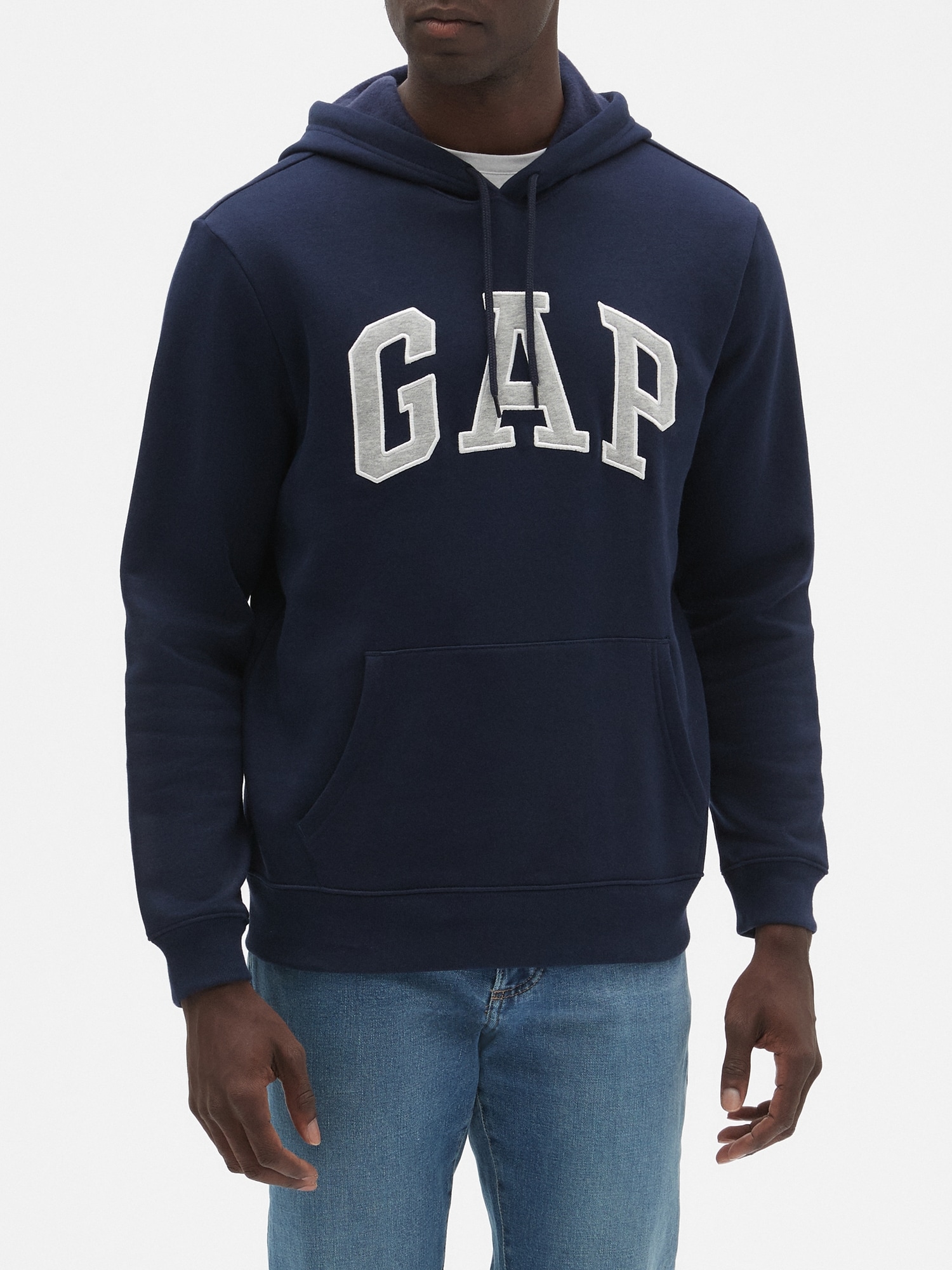What you should expect When Buying a Sweatshirt

Sweatshirts are long-sleeved pullover shirts that are typically made of thick cotton cloth. They are typically worn as casual clothing but aren't as dressy as sweaters or cardigans. They do not usually have the hood. If you are interested in buying a sweatshirt here are a few tips:
The appeal of Norma Kamali was spread by the use of sweatshirts
Since the late '70s the Norma Kamali brand has been turning the humble sweatshirt into an art. Her designs have become an essential part of every woman's wardrobe. Her distinctive designs range from a tummy-tucking crew neck , to leather paneled sweatshirts. She has also created clothing in unique designs, like an oversized tank top that has long trumpet skirt.
A partnership of the designers and the sweatshirt maker Everlast resulted in her Timeless collection, which was hugely popular when it debuted in the spring catalog of Spiegel. The collection was made up of knits that could be interchangeable or convertible in classic shapes, and many items were priced below $20. Even the Kamali's Timeless collection wasn't available in stores, buyers could still find these pieces through eBay and Poshmark.
Merino wool sweatshirts feel more comfortable than soft sweatshirts /">sweatshirt s
Merino wool is well-known for its ability to wick moisture away, which helps to keep you dry and comfortable. It is a natural fibre that also offers a more comfortable feel. The fabric also dries quickly in comparison to other natural substances. Additionally, merino is a sustainable resource. The merino sheep shed coats each year and grow new coats.
Merino's weight-to-heat ratio is high, and the warmth of wool makes it popular for sweatshirts. It helps to regulate body temperature due to its loft which naturally retains heat between the fibers. This is why Merino wool sweaters are ideal for outdoor and summer activities such as mountain biking, hiking, and running. The warmth they provide helps keep the wearer well-hydrated and cool, something that is crucial for working out.
Zip-front hoodies come with kangaroo pockets.
Kangaroo pocket Hoodies are a well-loved style of hoodie. These hoodies have a large pocket on the front, which helps keep your hands warm during cold days. They are additionally more practical than conventional pockets as they allow your hands to slide into and out easily.
The pockets of Kangaroos are usually big enough to fit a wallet or some other small items for personal use. They are commonly big enough to hold a small hand and are sufficient to hold two hands. They feature wide openings on either side , and are ideal for carrying small objects.
French terry fabric is a popular fabric for sweatshirts
The French Terry fabric is composed of soft yarns knit into loops and is typically midweight. It is also renowned for its ability to wick moisture and is pre-shrunk. French terry is a great choice for sweatshirt s because it is warm when you're in need and helps keep you cool when you need to cool down.
sweater shirts is also popular for casual wear, as it has enough stretch and flexibility to feel comfortable when you touch your body. It also allows for enough air to circulate through the fabric, which makes it ideal for layering underneath other clothes. Furthermore, because it is lighter than other sweatshirts you can wear it throughout the year without feeling too either cold or hot.
Hoodies can be classist.

Although it could appear that hoodies are an appropriate attire item for those who are working class however, in reality they are a symbol of class. Hoodies first became used in the early 1970s , in New York, where graffiti artists wore them to conceal their identities. In 1976 the hoodies were made famous in their film debut in "Rocky," when the protagonist of the film was a working class man in grey sweats with hoods during his memorable climb up the steps of the Philadelphia Museum of Art.

Hoodies are frequently linked to death, destruction and other negative things, but they also serve practical purposes. For example, monks and priests might wear hoods in order to display modesty and inward focus.
